What are the types of gold samples for jewelry and how to determine them?
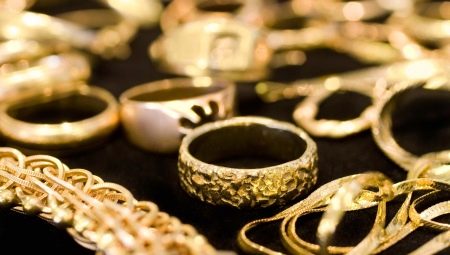
There is no person in the world who does not know about gold. As a precious metal, it is widely used, especially in the jewelry industry. Most of the jewelry is made from it. Goldsmiths work with gold and can give it any shape and size. After, for example, a chain has been made, it is rather difficult to assess its true meaning. In order for consumers to be able to navigate and understand what kind of gold and in what quantity was used, in the 17th century, jewelers coined such a term as sample. What it is, what it is, how to define it - will be discussed in this article.
What it is?
A test is a kind of stigma, marking of jewelry, which, according to the law, must be applied to all types of such products. For the manufacture of most jewelry, not pure precious metal is used, but many other components. Quite soft gold combines well with other metals, each of which has its own technical parameters that are transferred to the alloy.
- Nickel... Increases the hardness coefficient of the jewelry and its corrosion resistance. But you need to know that nickel can cause an allergic reaction.
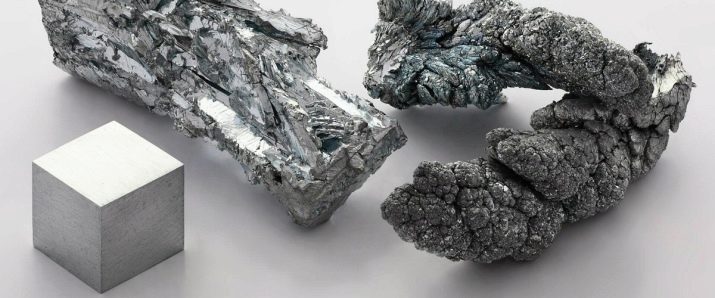
- Copper... Its presence in the alloy can be determined quite easily - it becomes red. Also, copper has anti-corrosion resistance.

- Silver. Thanks to the presence of this metal, the gold alloy will become more elastic, it becomes easier to work with it.

- Platinum increases the coefficient of elasticity and melting point.
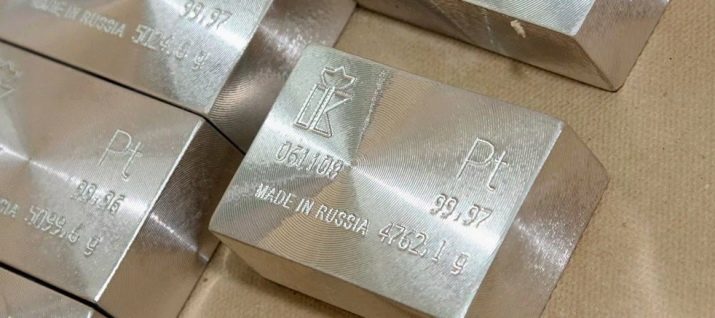
- Palladium and zinc... These components are added in order to increase the elasticity of gold and to lower the melting point.
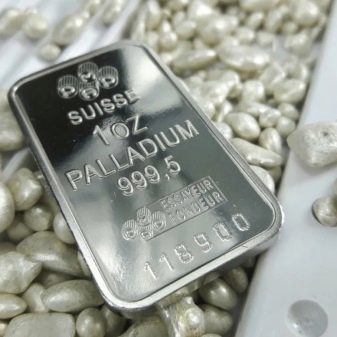

Thanks to the presence of a sample on a precious piece of jewelry, you can understand what percentage of gold is in the alloy.
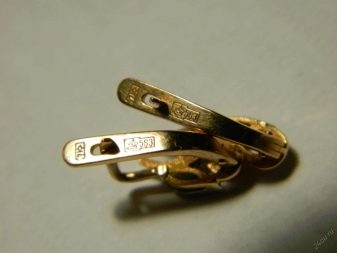
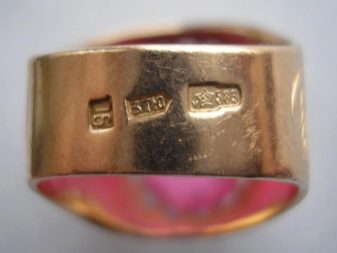
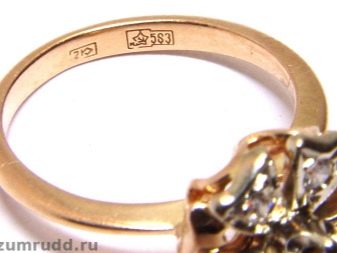
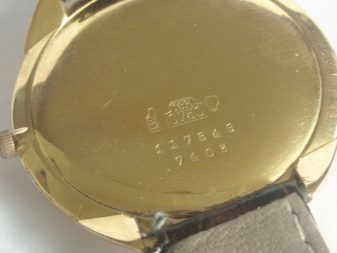
Views
I would also like to say that there are several systems for marking jewelry in the world.
- Metric. Used in most countries, including the Russian Federation. It uses the percentage of gold and other metals in the alloy. The highest is 999, that is, this jewelry will be almost pure gold.
- Karat. This system of marking precious items is now used in the United States and some European countries. The highest sample is 24, the lowest is 9.
- Spool. This is the oldest sample of gold for jewelry, which was applied to jewelry until 1927. The highest was considered to be 96.
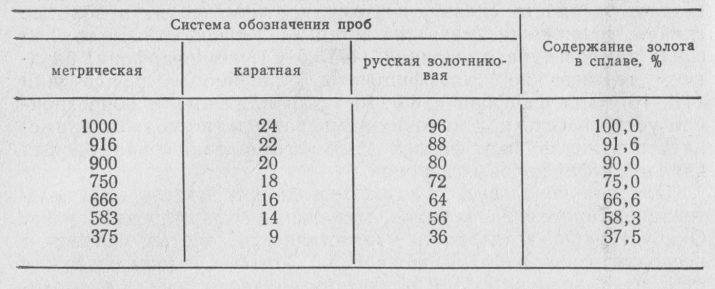
Today, thanks to the work of chemists and jewelers, there are many samples. Let's consider the main ones.
- 999. This is the highest quality indicator, the highest standard. There are practically no other impurities in such an alloy - their share is less than 1%, everything else is pure gold. Products of this sample are characterized by a dull yellow color, without the particular sheen that is so important for jewelry.
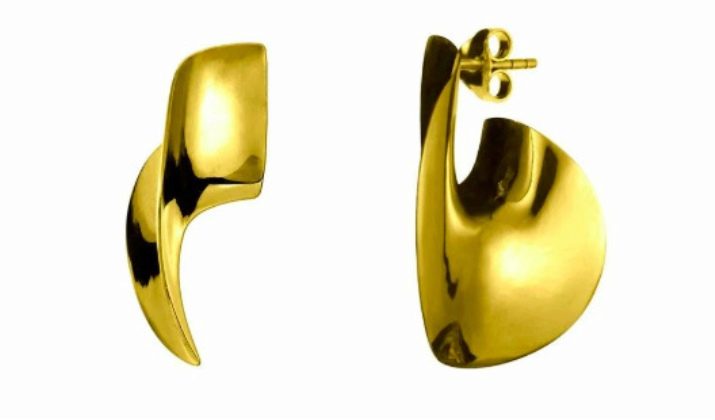
- 958. The presence of this mark on an adornment may indicate that in the alloy from which the product is made, in addition to gold, there is also silver. The product is 95.8% pure gold of the highest quality, while the remaining 4.2% is silver and copper. Such a piece of jewelry is quite strong, durable and has an excellent appearance. It is characterized by a bright yellow color. Wedding rings are most often made from an alloy of such a test.
A large percentage of gold in the composition, unfortunately, contributes to the deformation of products.
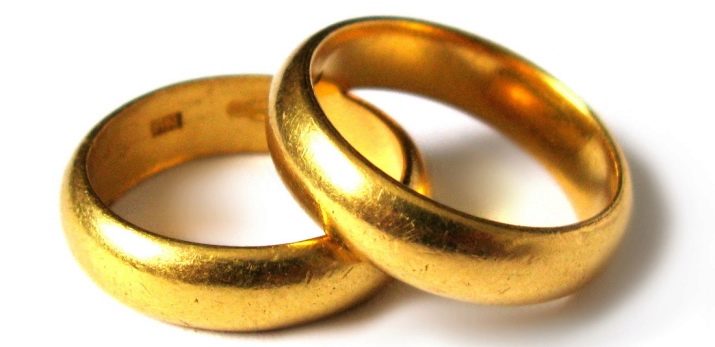
- 750. Due to the fact that copper is present in a sufficiently large amount in the alloy, jewelry with this type of stamp is characterized by a red tint. Also, decorations can have a greenish or yellow tone, it all depends on the additional components. 75% of the alloy is pure gold.
Most of all, this test is used for the manufacture of jewelry for women and men in Asia.
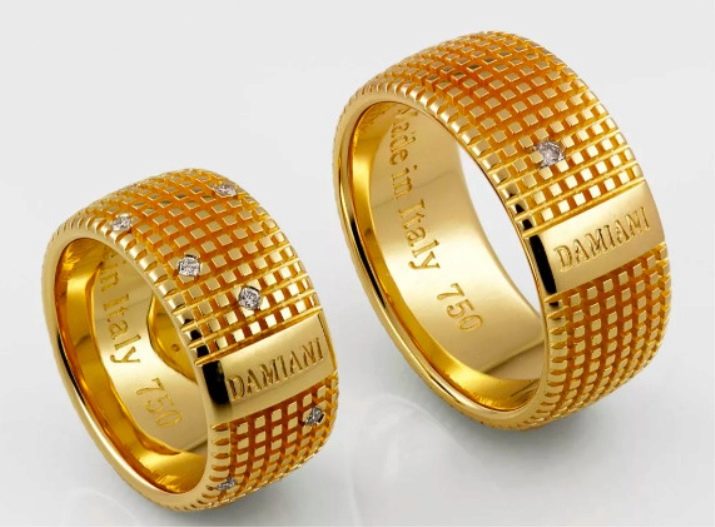
- 585. Contains 58.5% gold, everything else is other precious and not so precious metals. It is most often used for the manufacture of pendants, chains, rings, earrings, brooches, bracelets. The products are characterized by excellent appearance, shine and color.
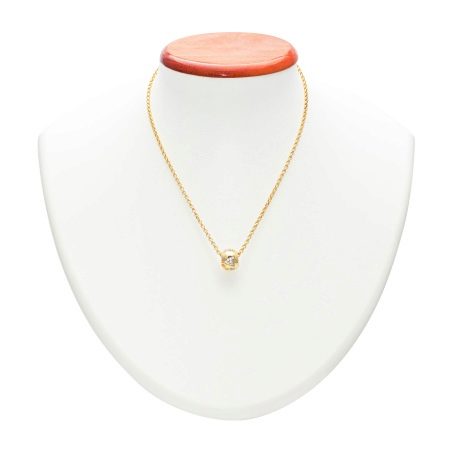
- 583. This type of sample belongs to the gold standard of the USSR. This stigma began to be used in 1927. If someone has preserved the jewelry of great-grandmothers, then they will definitely have 583 tests. Today it is not used, instead 585 is used.
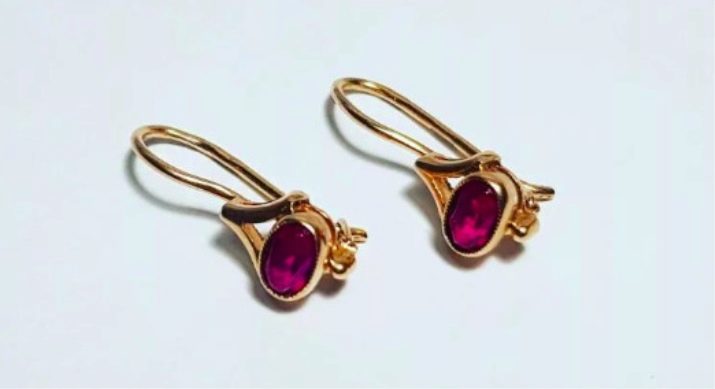
- 375. Jewelry of 375 assay value is the cheapest. The main components of the alloy are silver and copper. The percentage of gold in the alloy is 37.5, while the percentage of other metals is 62.5%. Products with such a mark very quickly lose their original appearance, they fade and begin to become covered with black spots. It is from this alloy that there are earrings, bracelets, chains, pendants.
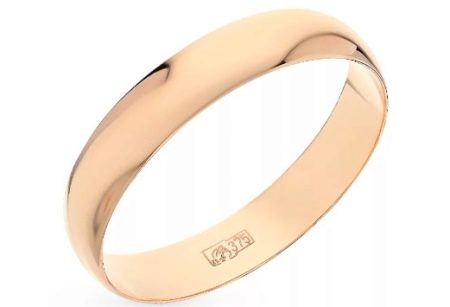
Which is better?
When buying gold jewelry, many people begin to wonder which fineness is the best, and rightly so. Earlier, we have already said that by the numbers and letters that are indicated on the brand, you can find out what percentage of gold is in a given product. Also, the marking can tell a lot about the properties and technical characteristics of the product. Of course, the higher the purity, the more gold was used in the jewelry making process.
But you need to understand that the price, and the quality of the product, and its properties depend on it.
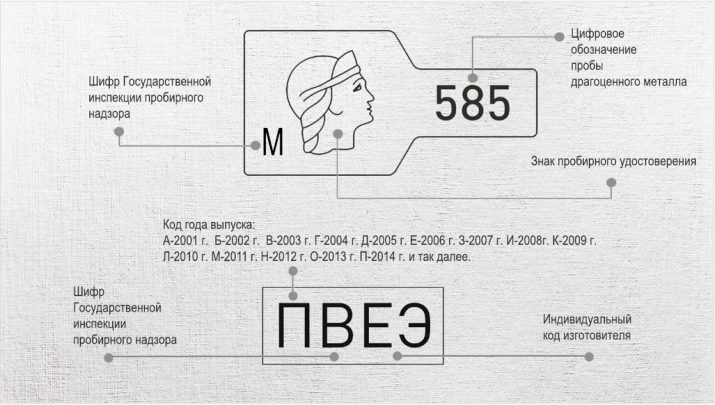
Most jewelers and savvy consumers say that if you are interested in buying gold jewelry at a reasonable price and with good looks, look for a product labeled 585. The biggest advantage of such jewelry is that it does not lose its original appearance throughout the entire period of wearing. Also worth noting separately fineness 750... Very often today this type of alloy is used for the production of jewelry.
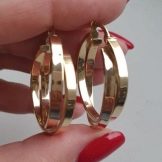
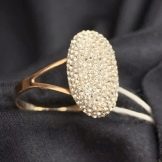
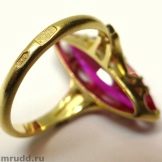
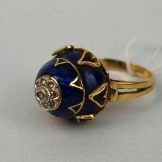
How to determine?
There is a large jewelry market today. There is a great demand for this product, therefore, in addition to high-quality genuine products, there are also fakes. Many consumers are interested in the question of whether it is possible to determine the fineness and amount of pure gold in a piece of jewelry on their own at home. Sure. There are several fairly simple methods.
- The first step is to pay attention to the color of the product.... The pink color indicates that the alloy contains copper and silver. White tint - that the main part of it is made of silver or palladium. If the item has a characteristic purple hue, it means that aluminum or potassium was added to the alloy for making the jewelry. But the presence of a greenish tint may be the reason that several metals were used for the production of jewelry.
- Use a magnet. A product made of solid gold will not be attracted to a magnet.
- You can distinguish a fake by applying table vinegar and iodine. To do this, apply a small amount of iodine to the product and place it in a container with vinegar. If the place where iodine was applied is darkened, then you are dealing with counterfeit products.
- Black bread will also help identify a fake. Place the decoration in a fresh crumb. After a few days, when the bread becomes stale, remove the product from it. The presence of traces of oxidation and greenery indicates that the jewelry is made of pure gold.
- Take a piece of jewelry and rub it against the unfired ceramic tile... Pay attention to the nature of the marks that remain on the tiles. Gold leaves a yellowish streak. If the trace has a characteristic dark color, it is not a precious metal.
- You can use regular glass... You just need to run the product over the glass surface. If the jewelry is made of precious metal, it does not leave any marks on the glass, since gold is much softer.
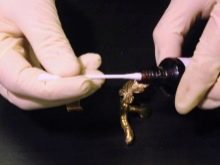

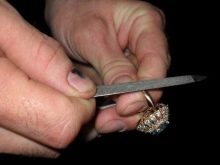
There is one more correct, but unsafe way, which provides use of acid. To carry out this test, you need to buy a special jewelry testing kit. But you need to remember that acid is a very dangerous chemical element, contact with it can be harmful to health.
All of the above methods for determining the sample can be useful if you have a piece of jewelry that does not have markings. Yes, such products also exist. For example, if the jewelry is old and was made even when no one knew anything about the samples. Or the jewelry was made to order.
Also, some jewelry made abroad may not have a sample.
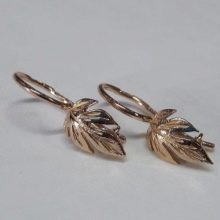
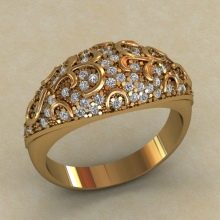
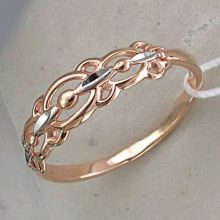
More reliable information about the sample of gold and its reliability can be obtained by contacting to the state inspection of trial supervision or to a pawnshop. A special device will help to find out the exact sample - electrochemical detector, which uses a special reagent. Its sensor is applied to the surface of the gold product, it shows the type of metal, the composition of the alloy, the proportion of each component, and, accordingly, the sample.
One of the methods for determining the sample on gold items is presented in the following video.








